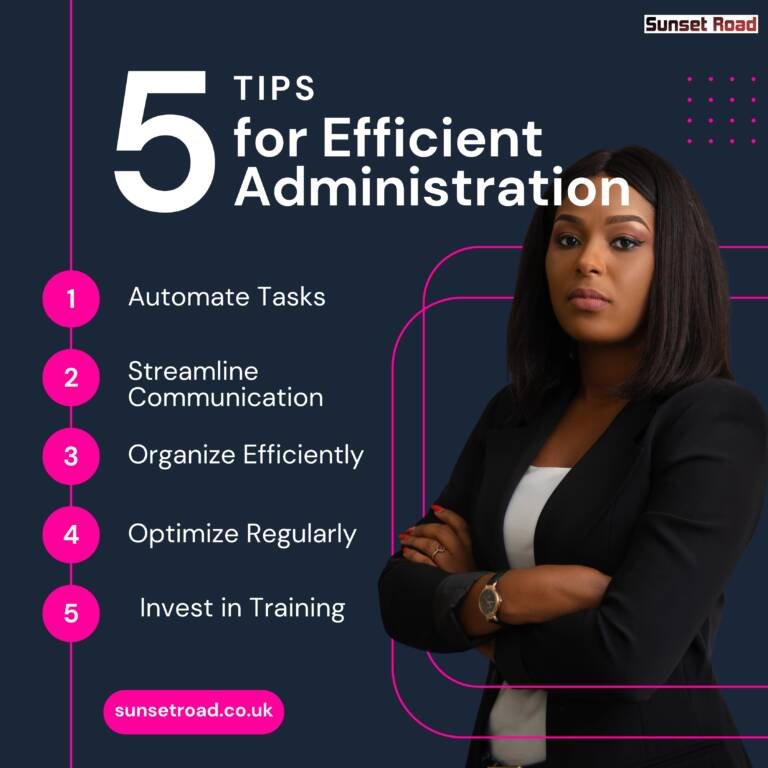Essential Legal Tips for Small Businesses
Running a small business involves juggling multiple responsibilities, and one of the most crucial aspects is ensuring legal compliance. Adhering to legal standards not only protects your business from potential lawsuits but also builds trust with your customers and partners. Here are essential legal tips for small businesses to help you stay compliant and thrive.
1. Choose the Right Business Structure
The foundation of a legally compliant business begins with selecting the appropriate business structure. This decision affects your taxes, liability, and even your ability to raise capital. The main types of business structures are sole proprietorship, partnership, limited liability company (LLC), and corporation.
- Sole Proprietorship: Simple to set up but offers no personal liability protection.
- Partnership: Easy to establish, shared responsibility, but personal liability remains.
- LLC: Provides liability protection while allowing flexible tax options.
- Corporation: Offers strong liability protection and the ability to raise capital through shares, but involves more regulations and paperwork.
Example
If you’re starting a freelance consulting business, an LLC might be the best option. It provides personal liability protection and allows you to be taxed as a sole proprietor, saving you from double taxation.
2. Register Your Business and Obtain Licenses.
After choosing a business structure, the next step is registering your business with the appropriate government agencies. This often includes obtaining necessary licenses and permits, which vary depending on your industry and location.
- Business Registration: Register with your state’s business registry.
- Federal Tax ID: Apply for an Employer Identification Number (EIN) from the IRS.
- State Licenses: Check for any state-specific licenses or permits.
- Local Permits: Ensure compliance with local zoning laws and obtain relevant permits.
Example
A bakery in New York City must register with the state, apply for an EIN, obtain a health department permit, and adhere to local zoning regulations.
3. Understand Employment Laws
Hiring employees introduces a new layer of legal responsibilities. You must comply with federal, state, and local employment laws, which cover everything from wages and benefits to workplace safety and anti-discrimination regulations.
- Fair Labor Standards Act (FLSA): Governs minimum wage, overtime pay, and child labor laws.
- Occupational Safety and Health Administration (OSHA): Sets standards for workplace safety.
- Equal Employment Opportunity Commission (EEOC): Enforces anti-discrimination laws.
- Family and Medical Leave Act (FMLA): Entitles eligible employees to unpaid, job-protected leave for specified family and medical reasons.
Example
If you own a small manufacturing plant, you must comply with OSHA standards to ensure workplace safety, provide fair wages according to the FLSA, and prevent discrimination in hiring practices as mandated by the EEOC.
4. Protect Intellectual Property
Intellectual property (IP) protection is crucial for safeguarding your business’s unique products, services, and branding. IP can include trademarks, copyrights, patents, and trade secrets.
- Trademarks: Protect brand names, logos, and slogans.
- Copyrights: Protect original works of authorship, such as books, music, and software.
- Patents: Protect inventions and discoveries.
- Trade Secrets: Protect confidential business information that provides a competitive edg
Example
If your business develops a unique software application, securing a patent can prevent competitors from copying your innovation, while a trademark can protect the brand name and logo associated with it.
5. Draft Clear Contracts and Agreements
Contracts are the backbone of business transactions, providing a legal framework for agreements between parties. Well-drafted contracts protect your interests and reduce the risk of disputes.
- Sales Contracts: Clearly outline the terms of sale, including payment terms and delivery conditions.
- Service Agreements: Specify the scope of services, timelines, and payment schedules.
- Employment Contracts: Define roles, responsibilities, and compensation for employees.
- Non-Disclosure Agreements (NDAs): Protect confidential information shared with employees or partners.
Example
When hiring a new marketing consultant, a detailed service agreement specifying deliverables, deadlines, and payment terms ensures both parties have a clear understanding and legal recourse if expectations are not met.
Key Performance Indicators (KPIs)
- Customer Satisfaction (CSAT): Measure customer satisfaction through surveys and feedback forms to gauge the effectiveness of your support.
- Net Promoter Score (NPS): Assess customer loyalty and likelihood to recommend your brand through NPS surveys.
- First Contact Resolution (FCR): Track the percentage of customer inquiries resolved on the first contact to measure efficiency.
- Average Response Time: Monitor the average time it takes for your team to respond to customer inquiries.
- Average Resolution Time: Measure the average time it takes to resolve customer issues.
Data Analysis and Insights
- Identify Trends: Use data analysis to identify trends and patterns in customer interactions, such as common issues or peak inquiry times.
- Performance Monitoring: Continuously monitor the performance of your support team and identify areas for improvement.
- Customer Segmentation: Segment your customer base to understand different needs and tailor your support strategy accordingly.
Making Data-Driven Decisions
- Informed Strategy: Use data and insights to inform your customer support strategy and make informed decisions.
- Resource Allocation: Allocate resources based on data-driven insights to optimize your support operations.
- Continuous Improvement: Implement a continuous improvement process based on data analysis and customer feedback.
Case Studies and Examples
Example 1: Zappos
Zappos, an online shoe and clothing retailer, is renowned for its exceptional customer support. The company empowers its support team to go above and beyond to satisfy customers. For instance, Zappos has a policy that allows support agents to offer free overnight shipping, send thank-you notes, and even deliver flowers to customers experiencing hardships. This level of personalized and empathetic support has earned Zappos a loyal customer base and a reputation for outstanding customer service.
Example 2: Apple
Apple’s customer support is another excellent example of a company that prioritizes customer experience. Apple offers various support channels, including in-store Genius Bars, online chat, and phone support. The company invests heavily in training its support staff to provide knowledgeable and friendly assistance. Apple’s focus on creating a seamless and positive customer support experience has contributed to its high customer satisfaction and loyalty.
Example 3: Amazon
Amazon’s customer support strategy revolves around convenience and efficiency. The company offers multiple support channels, including phone, chat, and email, and uses AI-powered chatbots to handle common inquiries. Amazon also provides extensive self-service options, such as detailed help pages and an easy-to-use return process. By prioritizing quick and hassle-free support, Amazon has built a reputation for customer-centric service.
Conclusion
Enhancing your customer experience strategy through superior customer support is a multifaceted approach that involves building a strong support team, leveraging technology, enhancing the customer journey, and making data-driven decisions. By focusing on these key areas, you can create a customer support strategy that not only meets but exceeds customer expectations, leading to increased satisfaction, loyalty, and business success.
Remember, excellent customer support is not just about resolving issues; it’s about creating positive and memorable experiences that build lasting relationships with your customers. Invest in your customer support strategy today, and watch your business thrive.












